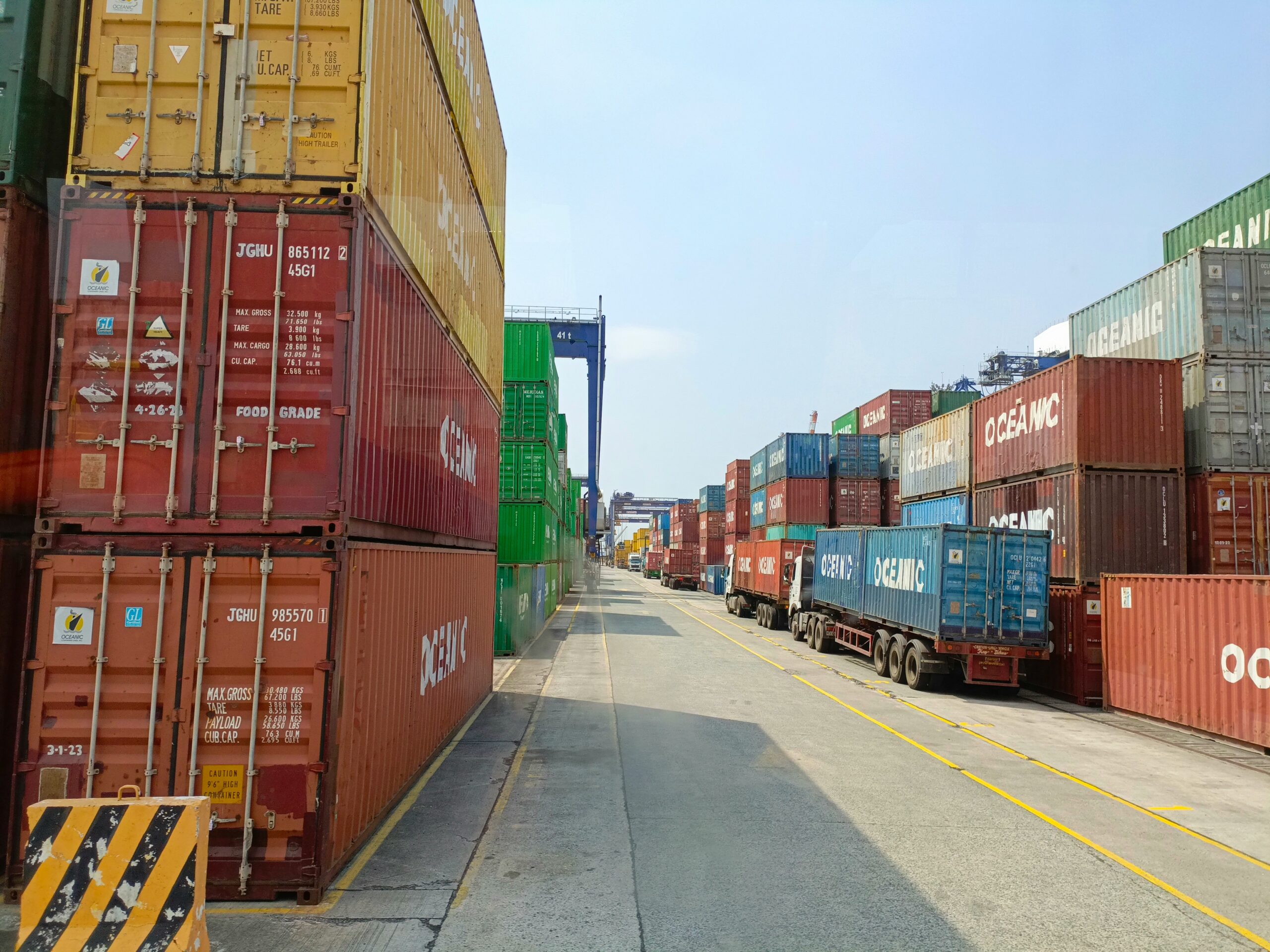The novel coronavirus, also known as COVID-19, is tearing up supply chains across the globe.
We’ve already seen the consequences in China, where supply chains are slow to recover. Hubei province’s lockdown is already hurting electronic, medical and automotive suppliers that depended on both finished parts and individual components.
But as the virus starts to spread, we’re seeing further impact in areas that weren’t part of the initial infection. The list of infected countries is growing. Asian countries that were picking up slack in production are now starting to see their first casualties, and they’re already working to stop the effects. Banks across Southeast Asia are slashing interest rates and manufacturers are dipping into reserve stocks to fill orders.
First China, Then Everyone Else
If there’s one thing the coronavirus outbreak has pointed out, it’s how dependent everyone is on China. Southeast Asian countries are dealing with decreased tourism, but that’s not the end of it.
Companies in South Korea have had to resort to flying parts in at times instead of trucking them overland because of transportation lockdowns. Vietnam has seen big slowdowns in manufacturing because of how much commerce flows across their border with China.
That’s to say nothing of the United States and Europe. Europe has been somewhat insulated to this point because of where the infection started, but it’s starting to see its own consequences. There are restrictive measures being put in place that will slow down production there too.
The United States has had its own issues, with Apple’s supply chain still sitting at 20 percent of normal and many other manufacturers (especially automotive) being significantly impacted.
Many businesses in areas affected by the virus are shutting down productions and sending people home. Fiat Chrysler and Hyundai are among automobile manufacturers who are sending people home, partly for virus risk but also because of part availability.
Companies around the world have prioritized cost over resilience when it comes to their supply chain, and because of that we’re seeing some of the issues we have now. The trend of supply chain diversification that started around the time of American tariffs on China is likely to accelerate.
Not immediately, of course — most people have their hands full just trying to stay in business with this sort of disruption. But when the world gets back to more stable footing there will be plenty of opportunity for those who can fill it.
That’s not likely to be immediate, though. The Chinese hope to stop the spread of coronavirus with internal lockdowns on travel and sending people home, but it’s going to be difficult.
Your supply chain could be affected without you even knowing it.
In the 2011 Sendai earthquake in Japan many manufacturers were caught off guard when they were affected by shortages because they weren’t aware of their upstream suppliers. Sendai made a lot of companies realize how dependent they were on supplies from Hitachi, which produced 60 percent of the world’s automotive airflow sensors.
If you don’t know who your upstream suppliers are, you’re likely more exposed to the coronavirus shock than you think. Map out your suppliers, including alternate sources that aren’t the first resort. Then when events like the coronavirus outbreak happen you’re able to react quickly.
Getting Beyond the Supply Chain
The supply chain breakdown is only one part of the picture. There are direct effects with factory shutdowns, transportation cordons and supply shortages. But there are also indirect consequences with consumer behavior and confidence.
Companies have based supply chains on the idea that there’s a free flow of goods and services from one country to another. But multiple shocks including Brexit, coronavirus and increasing trade protectionism and tariffs have hurt that fundamental assumption.
We might see an uptick in local sources and multiple sources. There are extra costs associated with both of these options, but in the cases of this kind of supply chain shock it might insulate companies from the kind of risk they’re seeing now.
There are definitely consequences coming for the global markets, but it looks like only a short-term bear market, not a full recession. Most market shocks due to illness follow a fairly V-shaped graph and bounce back well. Supply chains may take longer than markets, though.
Coronavirus has already spread to a good chunk of the world, and even if the death rate is fairly low the infection rate is high. What we might see as the spread continues is companies preemptively shutting down production capacity. Many suppliers have between 3 and 6 months of reserve capacity, but not all. And in lower-margin businesses, it may not be profitable to ship product.
The Recovery Timeline
We’re not through the worst of the coronavirus yet. We may not be for a while. If some of the smaller outbreaks turn into larger issues we might see even farther-reaching consequences than what we’ve already seen.
The chief area of concern for everyone has been China, but if the United States and Europe see significant infection it might get worse before it gets better. We’ve been on top of the coronavirus from the beginning.
Keep an eye on the news and watch the Sourcify blog to see what’s coming …
We’ll keep you posted.




